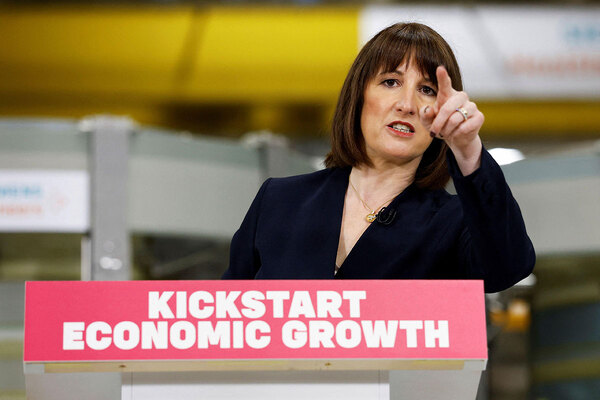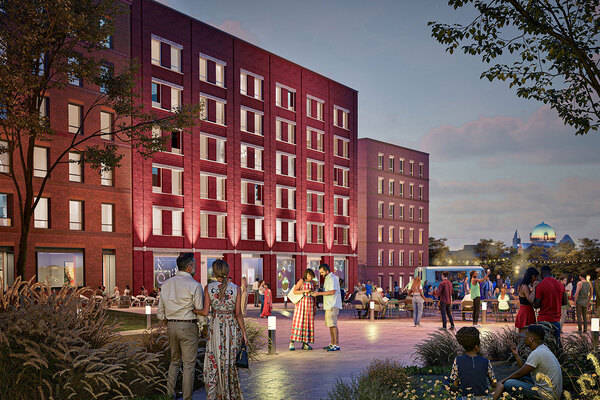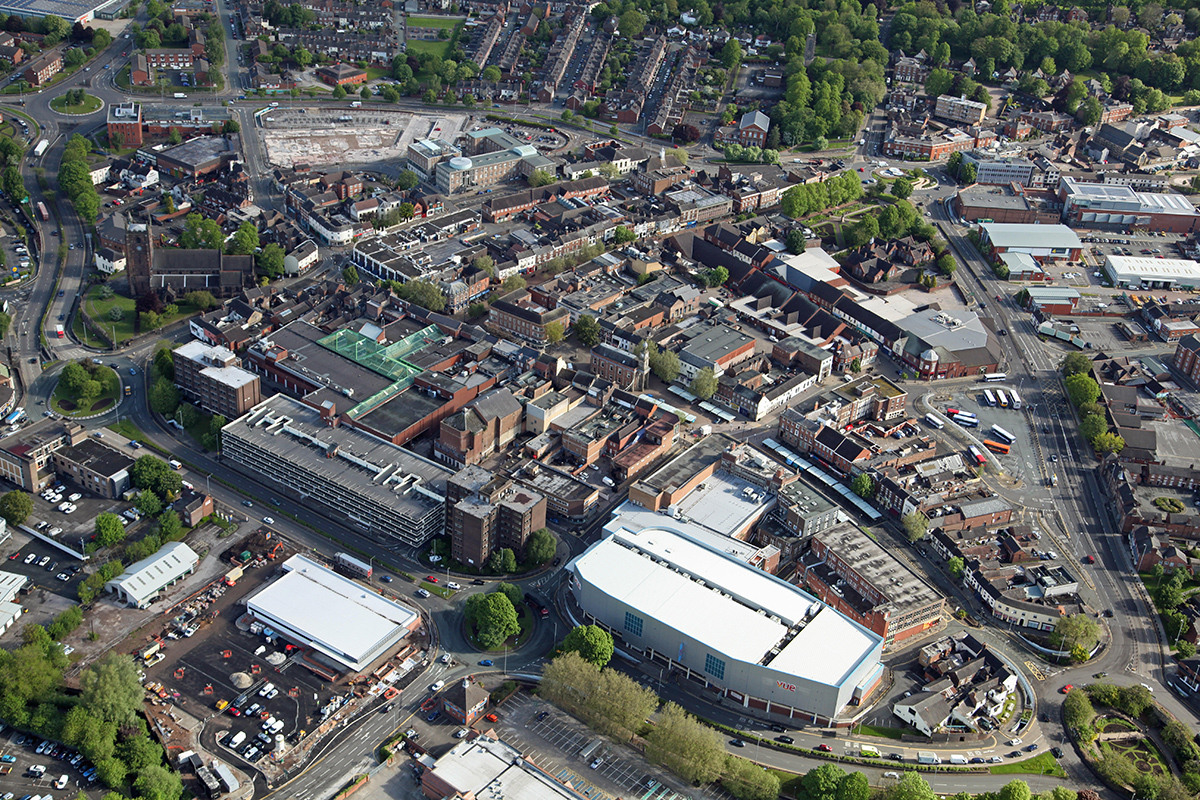You are viewing 1 of your 1 free articles
How retirement living communities can alleviate pressures on the NHS
We need to acknowledge the link between older people’s housing, social care and the NHS better, writes Spencer J McCarthy, chief executive of Churchill Retirement Living
A recent internal NHS review on efficiency, the most comprehensive of its kind, revealed that delays in discharging patients is crippling the service – despite a £20bn increase in funding since 2018 and 15% more staff.
Why then are these patients – or ‘bed blockers’ as they are unfairly termed – not being discharged sooner? For at least part of the answer, policymakers must look beyond the healthcare service to another electoral battleground: housing.
It is estimated that up to one in seven hospital beds are now taken by patients who are medically fit for discharge but cannot return home, because their properties cannot support reduced mobility or greater support needs during their convalescence.
This issue alone costs the NHS more than £5m a day.
There is a popular trope among millennials and Gen Z that all baby-boomers and older generations are sitting on fortunes, living in properties they bought in the mid- to late 20th century at prices inconceivable to first-time buyers today.
It is a feeling exemplified by the backlash against the government’s pensioner tax cuts, and a virulent strain of rhetoric that says any gains to older people’s quality of life that helps ensure a level of dignity and respect should be the subject of scorn.
The reality is that many retirees struggle to downsize, and older homeowners often face being stuck in properties that are remote from shops, with a layout and services ill-equipped for their needs.
Often, they will only vacate these homes when it is necessary to move into a care facility, which for many feels both inappropriate and unwanted.
“With one in five older individuals actively considering moving into communities of this sort, there is a strong demand that policymakers and service providers must come together and prioritise greater supply and choice for customers”
It is in this context that retirement living communities emerge as an important part of the solution to easing pressures on the NHS. Around 860,000 residents live in retirement communities in the UK today. Offering improved accessibility, on-site staff, round-the-clock call centres and a close-knit community, this supportive environment has proven effective in speeding up hospital discharges and allowing people to return home.
In a survey of residents in retirement housing, 63% of those who had been hospitalised said they could leave the hospital more quickly due to their apartment’s amenities, while 72% said their recovery was more accessible thanks to the facilities at home.
New analysis by WPI Economics, commissioned by Churchill Retirement Living, reveals the knock-on effect on the NHS. It shows that discharging elderly patients to retirement living communities already saves the NHS £93m every year and frees up 167,000 bed days.
And with one in five older individuals actively considering moving into communities of this sort, there is a strong demand that policymakers and service providers must come together and prioritise greater supply and choice for customers.
According to the analysis, by building 30,000 new retirement homes or units – just 10% of the overall new housing target for the next decade – we can meet a quarter of this demand by 2032.
This would free up another 76,000 bed days and save the NHS a further £42m per year through efficient hospital discharges alone, bringing the total annual saving that retirement housing could offer the NHS to £134m annually, or free up 242,000 bed days.
This can also impact the entire housing market. Enabling the older generation to transition into housing specially designed for their future needs will stimulate movement in the market, allowing younger individuals to become homeowners and giving growing families better access the larger, second-hand housing stock they need.
“Without urgent action, we are facing a double-edged housing crisis: the younger generation stuck in a cycle of sky-high rents, and the older generation stuck in hospitals and inadequate housing”
Despite repeated government promises to build more homes, the housing crisis in the UK persists. There are many elements to this, of course, but transforming planning practices and efficiency is key.
The planning process not only causes expensive delays, but also creates more and more additional costs to older customers. A staggering 90% of small and medium-sized home builders are unhappy with the government’s approach to planning and housing according to the Home Builders Federation. That’s important, but not nearly as important as the impact that it has on people wanting to get on and up the housing ladder as their needs in life change.
Without urgent action, we are facing a double-edged housing crisis: the younger generation stuck in a cycle of sky-high rents, and the older generation stuck in hospitals and inadequate housing, unable to live independently in a home of their own.
Whatever result we wake up to on 5 July, the new government must acknowledge the intrinsic link between housing, social care and NHS capacity and give housebuilding equipped for our ageing population the attention and investment it requires.
Sign up for the IH long read bulletin
Already have an account? Click here to manage your newsletters












